Unveiling the Ocean’s Flat Marvel: The Sand Dollar
Beneath the gentle ebb and flow of ocean waves, hidden within the sandy seafloor, lies a creature of exquisite design and quiet resilience: the Sand Dollar. Often mistaken for a mere shell or a fossilized relic, these flattened wonders are, in fact, living animals, members of an ancient lineage that has graced our planet’s oceans for millions of years. Their distinctive, coin-like shape and intricate patterns have captivated beachcombers and marine enthusiasts alike, making them one of the most recognizable treasures washed ashore. Yet, beyond their aesthetic appeal, Sand Dollars play a vital role in their ecosystems, exhibiting fascinating behaviors and adaptations that make them truly remarkable.
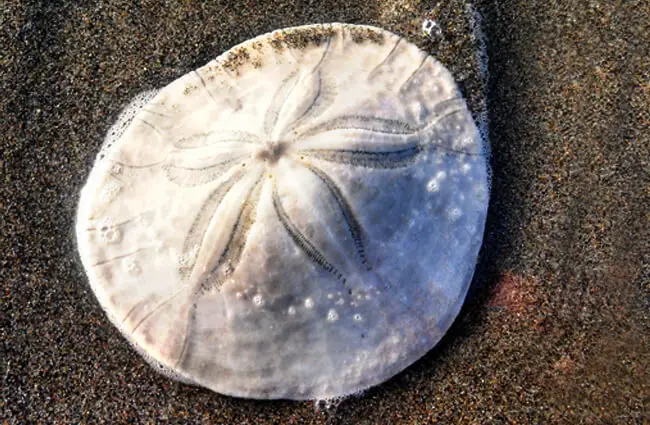
What Exactly is a Sand Dollar?
A Glimpse into Echinoderm Kinship
The Sand Dollar belongs to the phylum Echinodermata, a diverse group of marine invertebrates that includes sea stars, sea urchins, and sea cucumbers. Specifically, they are a type of flattened sea urchin, classified within the order Clypeasteroida. This classification immediately reveals their close evolutionary ties to the spiny, globular sea urchins, despite their vastly different appearances. Like their echinoderm relatives, Sand Dollars exhibit radial symmetry, typically pentamerous, meaning their bodies are organized around a central axis in five parts, a feature beautifully evident in the star-shaped pattern on their upper surface.
Anatomy of a Living Coin
A living Sand Dollar is a far cry from the bleached, white disc often found on beaches. In its natural state, it possesses a velvety covering of tiny, movable spines, which give it a soft, fuzzy appearance and a range of colors from dark purple to reddish-brown, green, or even blue. These spines are crucial for locomotion, burrowing, and feeding. The characteristic “petal” pattern on the dorsal (upper) surface is formed by five ambulacral areas, which are rows of pores through which tube feet extend. These tube feet, though less prominent than those of sea stars, assist in respiration and some movement. The mouth is located on the underside, at the center, surrounded by a complex chewing apparatus known as Aristotle’s lantern, while the anus is positioned towards the posterior edge, often within one of the ambulacral grooves.

Where Do Sand Dollars Call Home? Their Aquatic Abode
Preferred Habitats and Distribution
Sand Dollars are creatures of the subtidal zone, thriving in shallow, sandy, and muddy environments along coastlines worldwide. They are found in both temperate and tropical waters, from the Atlantic and Pacific Oceans to the Caribbean Sea. Their preferred habitat is typically calm, protected areas such as bays, lagoons, and estuaries, where fine sand or mud provides ample opportunity for burrowing and a rich source of detritus. They often live in large aggregations, sometimes numbering hundreds or thousands per square meter, forming vast “beds” across the seafloor.
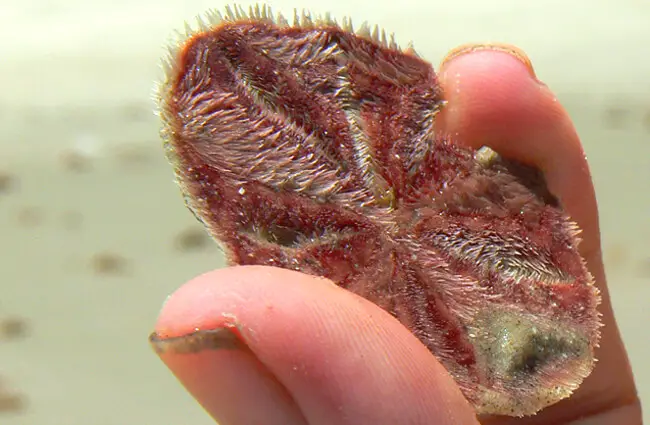
Life Beneath the Sand
One of the most remarkable adaptations of the Sand Dollar is its ability to burrow. Using their dense covering of short spines, they can slowly but effectively dig themselves into the substrate, often burying themselves just beneath the surface, leaving only a slight mound or a faint outline visible. This burrowing behavior serves multiple purposes: it protects them from strong currents and wave action, hides them from predators, and positions them perfectly to filter feed on the organic particles suspended in the water or settled on the sand. Some species may also stand on edge, partially buried, to maximize their exposure to nutrient-rich currents.
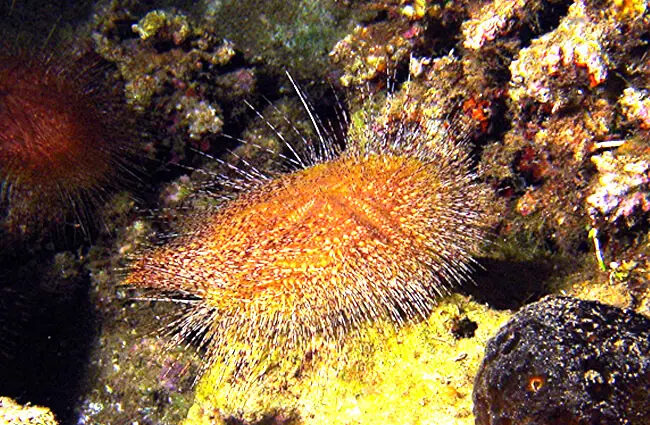
The Sand Dollar’s Menu: A Diet of Microscopic Delights
Filter Feeders of the Seafloor
Sand Dollars are primarily detritivores and suspension feeders. Their diet consists mainly of microscopic organic particles, including detritus (decaying organic matter), diatoms, copepods, and other tiny organisms found in the water column or on the surface of the sand. They employ a clever feeding strategy: their spines, covered in cilia, create currents that direct food particles towards their mouth on the underside. Mucus produced by the spines traps these particles, which are then transported along ciliary tracts to the central mouth. This efficient method allows them to continuously gather sustenance from their environment, playing a crucial role in nutrient cycling within their sandy habitats.

From Spawning to Settlement: The Sand Dollar Life Cycle
Reproduction in the Open Water
The reproduction of Sand Dollars is a fascinating example of external fertilization in marine environments. They are dioecious, meaning there are separate male and female individuals. During spawning events, often triggered by environmental cues such as water temperature or lunar cycles, males and females release their gametes (sperm and eggs) directly into the water column. Fertilization occurs externally, leading to the development of free-swimming larval stages known as pluteus larvae. These microscopic larvae drift with the ocean currents, feeding on phytoplankton, for several weeks or months.
Growth and Development
After a period of larval development, the pluteus larva undergoes a dramatic metamorphosis, transforming into a tiny, juvenile Sand Dollar. This miniature version of the adult settles onto the seafloor, where it begins its life as a benthic organism. Over time, it grows, developing its characteristic flattened test (shell) and spines. Sand Dollars can live for several years, with some species estimated to reach ages of 6 to 10 years, continuously growing and contributing to their marine communities.
Sand Dollars in the Grand Tapestry of the Ocean
Ecosystem Contributions
Despite their seemingly passive existence, Sand Dollars are important contributors to the health of their ecosystems. As detritivores, they help to clean the seafloor by consuming decaying organic matter, preventing its accumulation and facilitating nutrient recycling. Their burrowing activities also aerate the sand, improving oxygen penetration into the substrate, which benefits other benthic organisms. Furthermore, Sand Dollars serve as a food source for various marine predators, including certain species of fish, crabs, and sea stars, integrating them into the complex food web of sandy bottom communities.

Interactions with Other Marine Life
While primarily focused on feeding and avoiding predation, Sand Dollars can interact with other marine life. Their dense aggregations can create microhabitats for smaller invertebrates. Some species of commensal organisms, such as tiny crabs or worms, may find shelter among their spines or within their burrowed spaces. Their presence can also indicate a healthy, productive sandy bottom environment, as they are sensitive to changes in water quality and substrate composition.
A Journey Through Time: The Evolution of Sand Dollars
Ancient Lineage
The evolutionary history of Sand Dollars is a testament to their successful adaptation to life on sandy substrates. Their fossil record extends back to the Early Jurassic period, approximately 180 million years ago, with their modern flattened forms appearing in the Eocene epoch. This flattening, along with the development of short, dense spines, represents a significant evolutionary divergence from their more globular sea urchin ancestors. These adaptations allowed them to efficiently burrow and withstand strong currents, enabling them to colonize vast areas of the world’s shallow, sandy seafloors and become the dominant echinoderms in these habitats.
Sand Dollars and Humanity: From Beachcombing to Conservation
Cultural Significance and Symbolism
Beyond their ecological role, Sand Dollars hold a special place in human culture. Their distinctive five-petal pattern, often resembling a poinsettia or a star, has led to various legends and symbolic interpretations. In some cultures, they are known as “Christ’s coins” or “Holy Ghost shells,” with the five holes representing the wounds of Christ and the poinsettia shape symbolizing the Star of Bethlehem. The small, dove-shaped ossicles found inside a broken Sand Dollar are sometimes said to represent doves of peace. These cultural narratives add a layer of mystique and reverence to these already intriguing marine organisms.
Responsible Interaction: Finding and Observing
For the animal lover or hiker exploring coastal areas, encountering a Sand Dollar can be a truly exciting moment. However, it is crucial to understand the difference between a living specimen and a bleached “shell” to ensure responsible interaction.
- How to Spot a Living Sand Dollar: Living Sand Dollars are typically darker in color (purple, brown, green) and covered in tiny, velvety spines. They may also show slight movement of these spines or tube feet if observed closely in water. If found on the beach, they might still be damp and have a faint, briny odor.
- What to Do if You Find One: If a living Sand Dollar is found washed ashore, the best course of action is to gently return it to the water, ideally in a calm, sandy area where it can burrow. It is imperative not to remove living Sand Dollars from their habitat, as this can harm the individual and disrupt the local ecosystem.
- Collecting Bleached Specimens: The white, smooth Sand Dollars commonly found on beaches are the bleached “tests” or skeletons of deceased animals. These are perfectly fine to collect as souvenirs, as they are no longer living organisms. Responsible beachcombing encourages leaving the living creatures undisturbed and appreciating them in their natural environment.
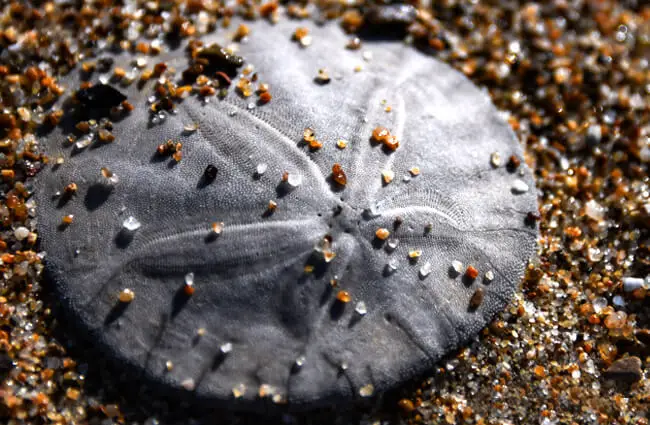
Caring for Sand Dollars in Captivity: A Zookeeper’s Guide
For zookeepers tasked with caring for Sand Dollars in captive environments, maintaining specific conditions is paramount to their health and well-being. Replicating their natural sandy, subtidal habitat is key.
- Habitat Requirements: A deep bed of fine, soft sand is essential, allowing them to burrow completely. Water flow should be gentle, mimicking their calm natural environments. Tank size must accommodate their potential for aggregation.
- Dietary Needs: Sand Dollars are filter feeders. Their diet in captivity should consist of fine detritus, phytoplankton, and microalgae. Supplemental feeding with finely crushed flake food or specialized invertebrate diets can be introduced, ensuring particles are small enough for their ciliary feeding mechanisms.
- Water Quality: Stable marine water parameters are critical. This includes consistent salinity (typically 1.023-1.025 specific gravity), temperature (species-dependent, but generally temperate to warm tropical), and excellent oxygenation. Regular water changes and robust filtration are necessary to prevent the buildup of nitrates and other harmful compounds.
- Compatibility: Sand Dollars are peaceful invertebrates. They should be housed with non-aggressive tank mates that will not disturb their burrowing or attempt to prey on them. Avoid fast-moving fish or large crabs that might accidentally injure them.
- Health Monitoring: Zookeepers should regularly observe Sand Dollars for signs of stress or disease, such as loss of spines, discoloration, lack of burrowing activity, or unusual lesions. Maintaining pristine water quality and a suitable substrate are the best preventative measures.
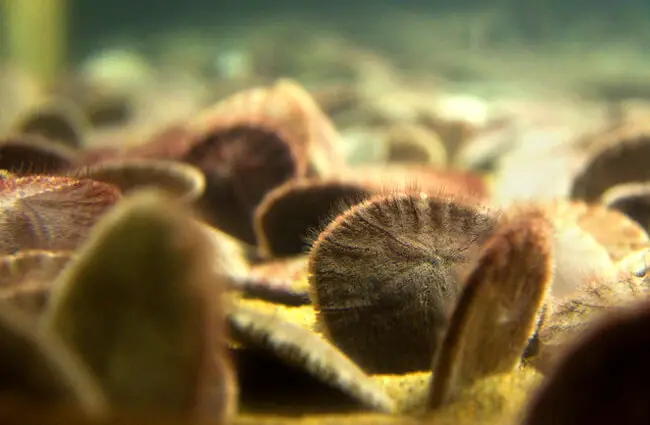
Fascinating Facts About Sand Dollars
- Unique Locomotion: Unlike sea stars that use prominent tube feet, Sand Dollars primarily move using the coordinated beating of their tiny spines, allowing them to glide slowly across or burrow into the sand.
- The “Petal” Pattern: The distinctive five-petal design on their dorsal surface is not merely decorative; it marks the ambulacral areas where specialized tube feet, used for respiration, protrude.
- Aristotle’s Lantern: Like sea urchins, Sand Dollars possess a complex jaw apparatus called Aristotle’s lantern, located on their underside, which they use for grinding food particles.
- Longevity: Depending on the species, Sand Dollars can live for several years, with some individuals reaching up to a decade in age.
- Defense Mechanisms: When threatened, some Sand Dollar species can quickly bury themselves completely in the sand, disappearing from sight within minutes.
- Hydrodynamic Shape: Their flattened, disc-like shape is an adaptation that helps them resist strong currents, allowing them to remain stable on the seafloor.
- Internal Structure: The “doves” often found inside a broken Sand Dollar are actually five small, bony plates called ossicles, which are part of their internal skeletal structure.
Conclusion: Guardians of the Sandy Shores
From their intricate anatomy and specialized feeding strategies to their vital role in maintaining the health of sandy marine ecosystems, Sand Dollars are far more than just pretty shells. They are living testaments to the power of adaptation and the subtle beauty of the natural world. Understanding these fascinating echinoderms fosters a deeper appreciation for marine biodiversity and underscores the importance of responsible interaction with our coastal environments. Whether observed in their natural habitat, studied in an aquarium, or admired as a bleached souvenir, the Sand Dollar continues to inspire wonder and remind us of the delicate balance that sustains life beneath the waves.

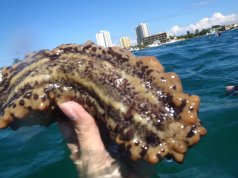
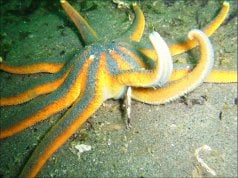
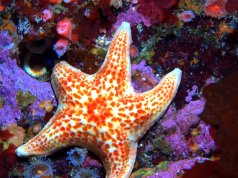

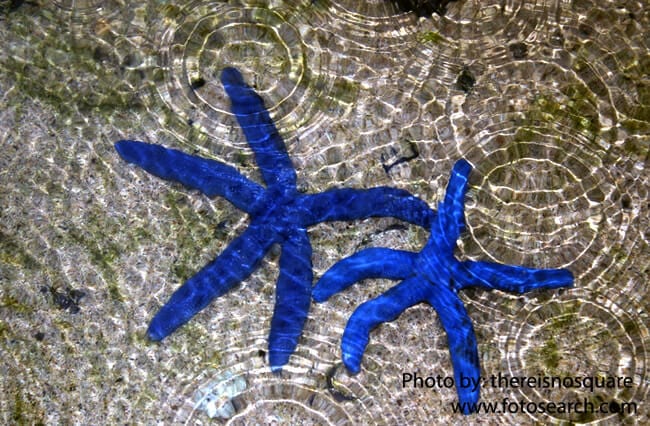
![Red Angus Closeup of a beautiful Red Angus cowPhoto by: U.S. Department of Agriculture [pubic domain]https://creativecommons.org/licenses/by/2.0/](https://animals.net/wp-content/uploads/2020/03/Red-Angus-4-100x75.jpg)

